Protected persons: Persons with disabilities
International humanitarian law (IHL) includes provisions to protect people with disabilities during times of armed conflict and other violence. Highlights ICRC preparing for major expansion of sports …
International humanitarian law (IHL) includes provisions to protect people with disabilities during times of armed conflict and other violence. Highlights ICRC preparing for major expansion of sports …
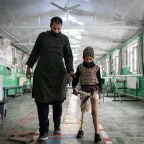
States and other parties to armed conflict have an obligation to "respect and to ensure respect for" IHL "in all circumstances" (Art. 1 common to the Geneva Conventions). They must use their …
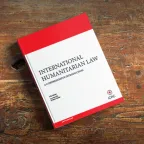
Between 2012 and 2015, the ICRC undertook two major consultation processes on strengthening legal protection for victims of armed conflict. These two processes have since moved into a new phase, …
International humanitarian law governs the choice of the means and methods of warfare and prohibits or restricts the use of certain weapons. The ICRC plays a leading role in the promotion and …

Over the past 60 years, civilians have been the main victims of war. Protecting civilians and their property during armed conflict is therefore a cornerstone of international humanitarian law (IHL). …
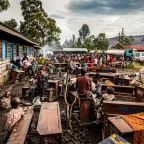
Cluster munitions kill and injure large numbers of civilians and cause long-lasting socio-economic problems. The 2008 Convention on Cluster Munitions prohibits the use, production, stockpiling and …

States often face situations in which their officials must use force to maintain or restore public security and law and order in armed conflicts or other situations of violence. Such use of force is …

According to the ICRC’s definition, migrants are people who leave or flee their usual place of residence in search of safety or better opportunities abroad, and who may be in distress and in need of …
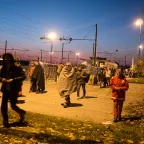
International humanitarian law (IHL), or jus in bello , is the law that governs the way in which warfare is conducted. Explaining jus ad bellum and jus in bello International humanitarian law (IHL), …
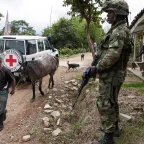
Armed conflicts are increasingly fought in urban areas, but often with weapon systems that were originally designed for use in open battlefields. When used in populated areas, explosive weapons with …

Try one of the following resources:
Created in 1863, the ICRC library, alongside the ICRC archives, provides an indispensable documentary reference on the organization itself and international humanitarian law.
International humanitarian law is based on a number of treaties, in particular the Geneva Conventions of 1949 and their Additional Protocols, and a series of other instruments.
Customary international humanitarian law consists of rules that come from "a general practice accepted as law" and that exist independent of treaty law.